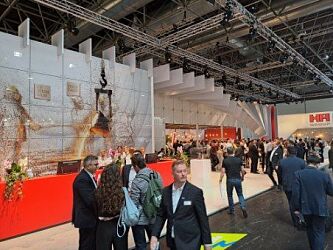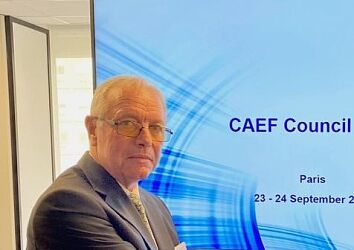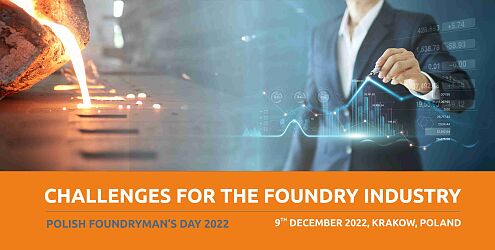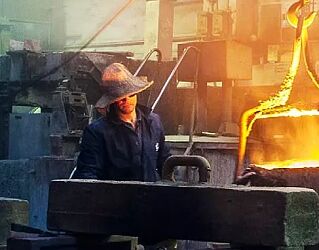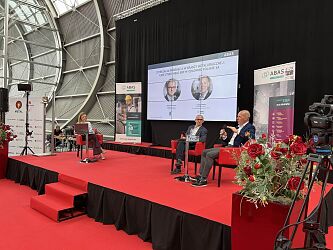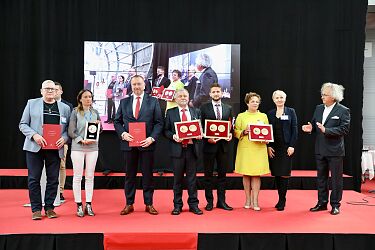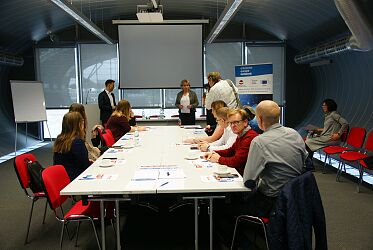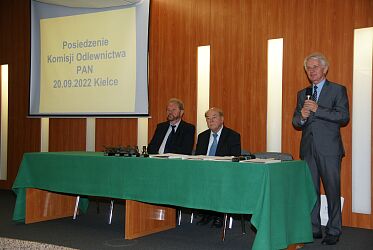News

"Foundries ought to be presented as a part of the solutions rather than the problem" - Fynn-Willem Lohe, PhD. (CAEF)
What is the condition of the foundry industry in Europe today, compared to the rest of the world?
The European foundry industry is still a very strong and competitive player in the global market. Several class-leading casting components are produced in Europe and exported worldwide. However, we see the growing risk of global tensions between Asia and the Western world with the consequence of volatile raw material and sky-rocketing energy prices. The predictability of foundry forecasts is extremely difficulty despite being necessary since investments into foundry modernization demands the predictability of orders, supply chains and stable energy prices.
Much is said about ecology. Is it possible to make the foundry industry green?
Sustainability is a very complex matter and “green” only one component. It is possible to create green foundries. We often forget that the foundry industry is the pioneer of circular economy and uses up to 95 percent scrap. Castings are never waste ad not toxic. They can be remelted at the end of their use phase. Besides the metal, there is also significant advancement in the sand reclamation and recycling of binders and other chemicals. Moreover, what we need is green energy from electricity to hydrogen. We cast wind turbines and other components for energy transport and conversion and at the same time need this energy for our production. This is true circularity!
What are the advantages and disadvantages of Foundry 4.0?
The issue of digitalization in the foundry industry is despite the current crisis a very important matter. Mainly due to the shortage of labor which will become even more prominent in upcoming decades we must digitalize and automatize our processes. How? That is the most pressing factor since we have foundries being at the border of Industry 3.0 and some where manual work is still predominant. They have to reach level 2.0 first. My advise would be to use the opportunity of decarbonizing the production with a vigorous analysis of what is possible to the max in terms of Industry 4.0. In the end there will be compromises but foundry owners should know all opportunities.
How does the foundry industry relate to trade fairs?
Trade fairs will remain important and are particularly after CoVid a great place for exchange and bringing ideas together. However, we will definitely see a change in the way how fairs are uses. They become less a vehicle to incentivize employees and attract only customers but more events where the entire image of the foundry and self-presentation is at display. In these volatile times, fairs will be always dominated by political and global circumstances, be it a pandemic, a war or tensions between countries.
How should trade fairs develop to meet the needs of the foundry industry?
I have been to several trade fairs, not only within the foundry industry. Fairs are always in good memory when they bridge the demands of exhibitors, visitors and society at large. In other words: if fairs only serve exhibitors, they are self-centered and become myopic for global trends. We have seen these omissions with the shift forwards e-mobility, which is inevitable. Many fairs have presented their gasoline solutions for too long instead of taking on this trend.
What do you consider to be your main mission in the foundry industry?
The foundry industry must become more visible, and foundries need to become not only producers of castings but providers of full solutions. The society needs to understand that we are not part of the problem but an important piece in the solution when it comes to combating climate change. The same is true for our customers. We are long-term partners in the search for innovative solutions.

![20201005-Lohe-Lickfett-DSC-4046kl.jpg [1.04 MB]](https://www.targikielce.pl/storage/image/core_files/2022/9/12/bbcea21682136617e62bcbf6ee982bfd/default/preview/20201005-Lohe-Lickfett-DSC-4046kl.jpg)
